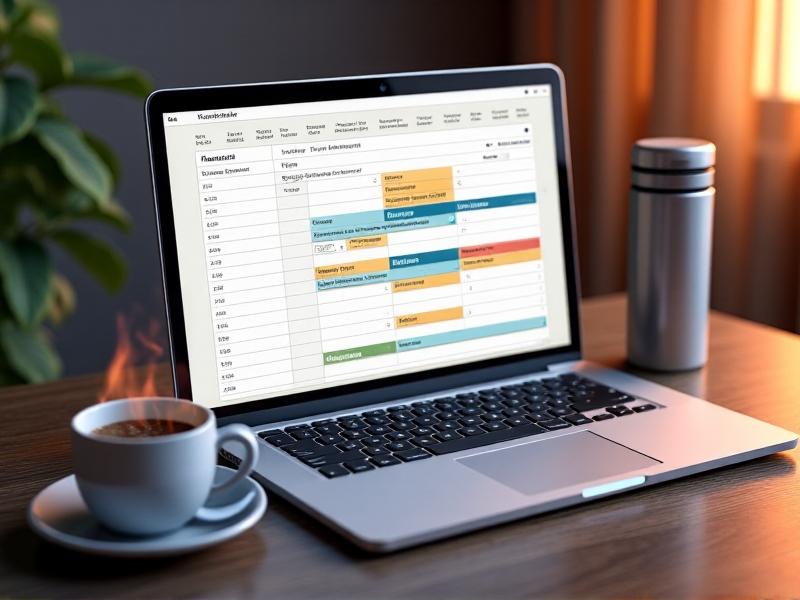Intermittent Fasting Meeting Schedules
The Science of Timing: How Intermittent Fasting Aligns with Your Body's Clock
Intermittent fasting (IF) isn’t just about skipping meals—it’s about syncing your eating window with your body’s natural rhythms. Your circadian rhythm, the 24-hour cycle governing sleep, digestion, and hormone production, plays a critical role in how you metabolize food. Studies suggest that eating during a restricted window—say, 8 to 10 hours—aligns with peak insulin sensitivity, allowing your body to process nutrients efficiently. This timing reduces blood sugar spikes, enhances fat oxidation, and may even improve cognitive function during fasting periods. By planning meals around your body’s biological clock, you’re not just optimizing weight loss; you’re fostering long-term metabolic health.

Creating a Fasting Schedule That Fits Your Workday
Balancing intermittent fasting with a busy professional life requires strategic planning. Start by assessing your daily routine: Are you an early riser who thrives on morning productivity, or do you hit your stride after lunch? If meetings dominate your mornings, consider a 12 PM to 8 PM eating window to avoid midday hunger distractions. For those with unpredictable schedules, a flexible approach like the 16:8 method (fasting for 16 hours) allows adjustments based on work demands. Pro tip: Use calendar apps to block fasting periods as “busy” time, setting reminders to hydrate or take short walks during fasting windows. This keeps you accountable without disrupting workflow.

Navigating Social Meals and Business Dinners While Fasting
Social obligations can feel like landmines for intermittent fasters, but they don’t have to derail your progress. If a client dinner falls outside your eating window, adjust your schedule that day—shift your fasting period earlier or later. Politely explain your dietary preferences without labeling it as “fasting”; phrases like “I’m focusing on mindful eating” often resonate better in professional settings. Opt for herbal tea or sparkling water during meals to stay engaged without breaking your fast. Remember, flexibility is key: one off-schedule meal won’t undo weeks of progress, but consistent communication and planning will help you maintain both your health goals and professional relationships.

Leveraging Fasting Windows for Peak Productivity in Meetings
Contrary to fears of “brain fog,” many IF practitioners report heightened focus during fasting periods. With digestion sidelined, your body redirects energy to cognitive functions. Schedule brainstorming sessions or critical decision-making meetings in the late morning, when ketone levels (fuel derived from fat breakdown) are highest. To sustain energy, pair fasting with hydration—infuse water with electrolytes or sip green tea. If a marathon meeting looms, keep a small stash of non-caloric aids like black coffee or peppermint oil for an alertness boost. Over time, your body adapts, turning fasting hours into a productivity superpower.

Tech Tools to Sync Fasting and Meeting Calendars
Apps like Zero, LIFE Fasting Tracker, and MyFitnessPal aren’t just for logging meals—they’re gateways to seamless schedule integration. Sync these tools with Google Calendar or Outlook to visualize fasting windows alongside meetings. For hybrid workers, smartwatches can buzz discreetly when it’s time to break a fast or hydrate. Advanced users automate reminders using IFTTT (If This Then That) applets; imagine your office Slackbot nudging you with a “20-minute walk” alert during afternoon slumps. By merging health tech with productivity tools, you transform intermittent fasting from a dietary choice into a streamlined, data-driven lifestyle.







